|
In this blog article, I'm going to outline the key steps required to help transform a medium to large organisation. Digital Transformation is the ability of an organisation to change their culture, in order remain competitive. By using new technologies more effectively than their competitors, this leads to greater market share, lower price points, improved product and/or service quality and constant innovation for clients. Notice that I start with culture, not technology. I'll draw on my 20+ years of hands-on experience as a solution architect and professional technologist with DXC Technology and Santander, as well as my expertise in running cultural change and technical courses at ALC Training & Consulting. Here are the key steps and they are in order:
This is the Scaled Agile Framework (SAFe): And this is the top slice of TOGAF. You would use TOGAF as part of the architecture functions in SAFe.
Do you have questions with these steps? Feel free to reach out to me directly: Twitter: twitter.com/musiccomposer1 LinkedIn: www.linkedin.com/in/paulcolmer/ Instagram: www.instagram.com/paulcolmer/ Have an awesome week, beautiful people. https://twitter.com/DigitalColmer
0 Comments
Your comment will be posted after it is approved.
Leave a Reply. |
CategoriesAll Active Directory AI Architecture Big Data Blockchain Cloud Comedy Cyber DevOps Driverless Cars MicroServices Office 365 Scaled Agile Social Media AuthorPaul Colmer is an AWS Senior Technical Trainer. Paul has an infectious passion for inspring others to learn and to applying disruptive thinking in an engaging and positive way. Archives
May 2023
|


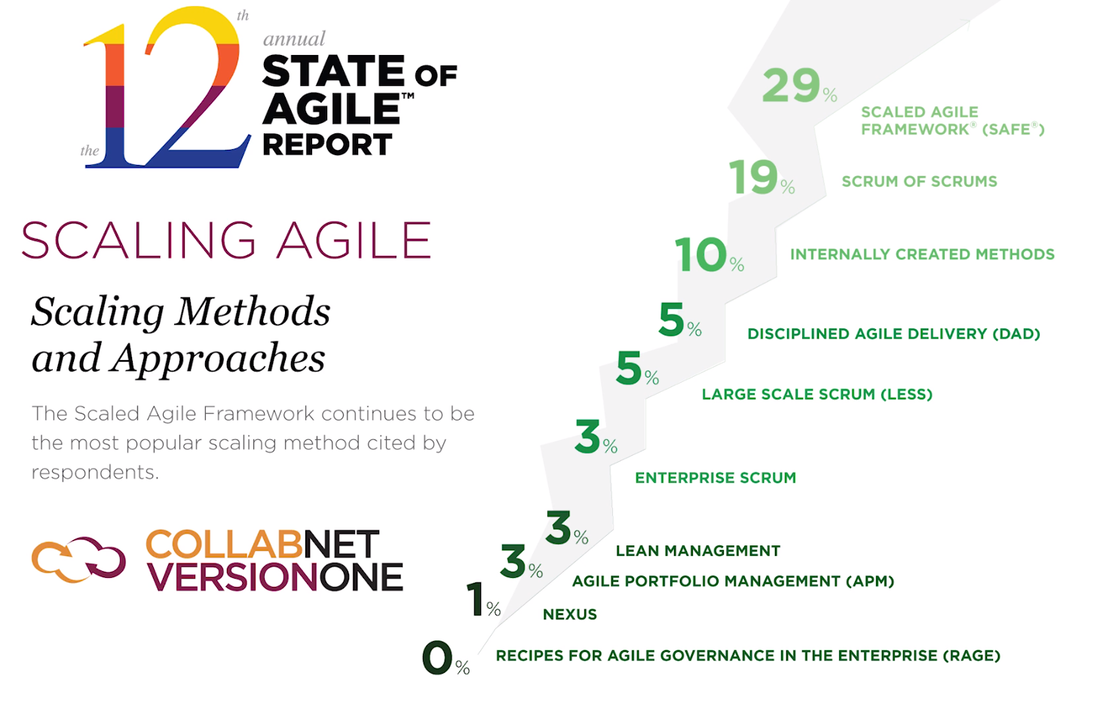
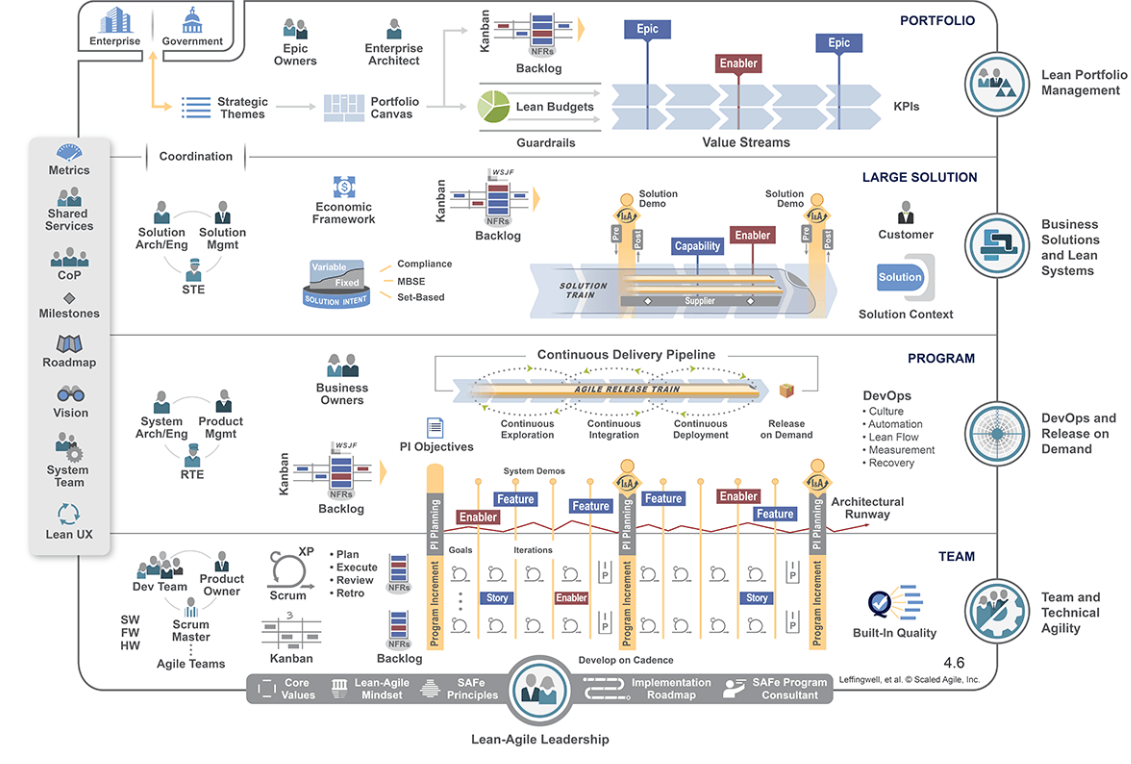
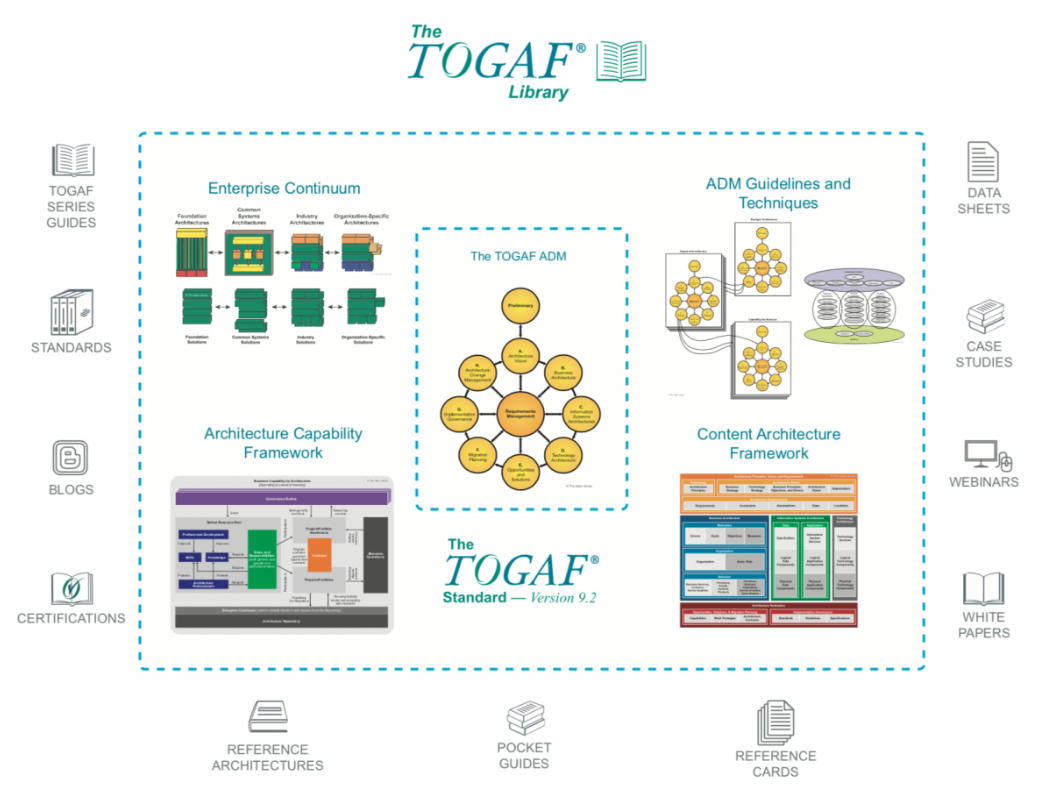
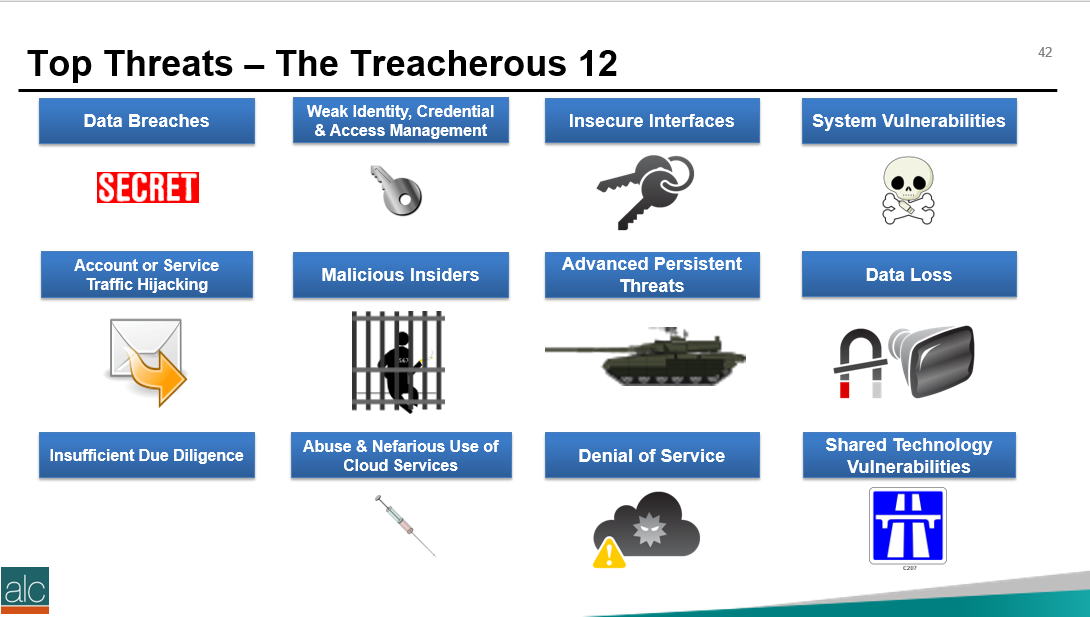
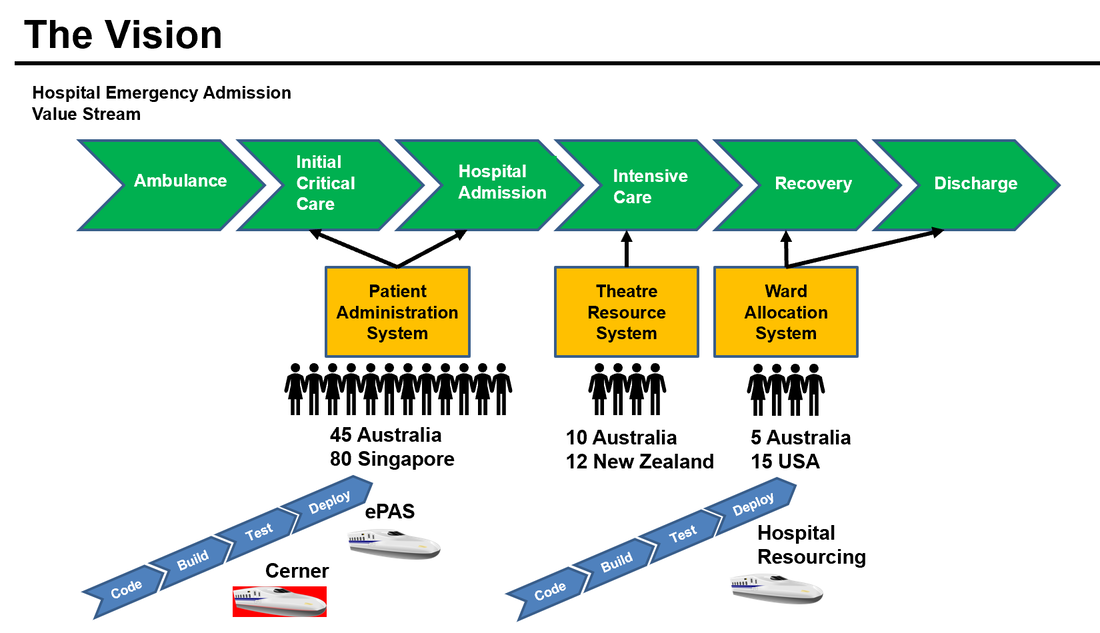
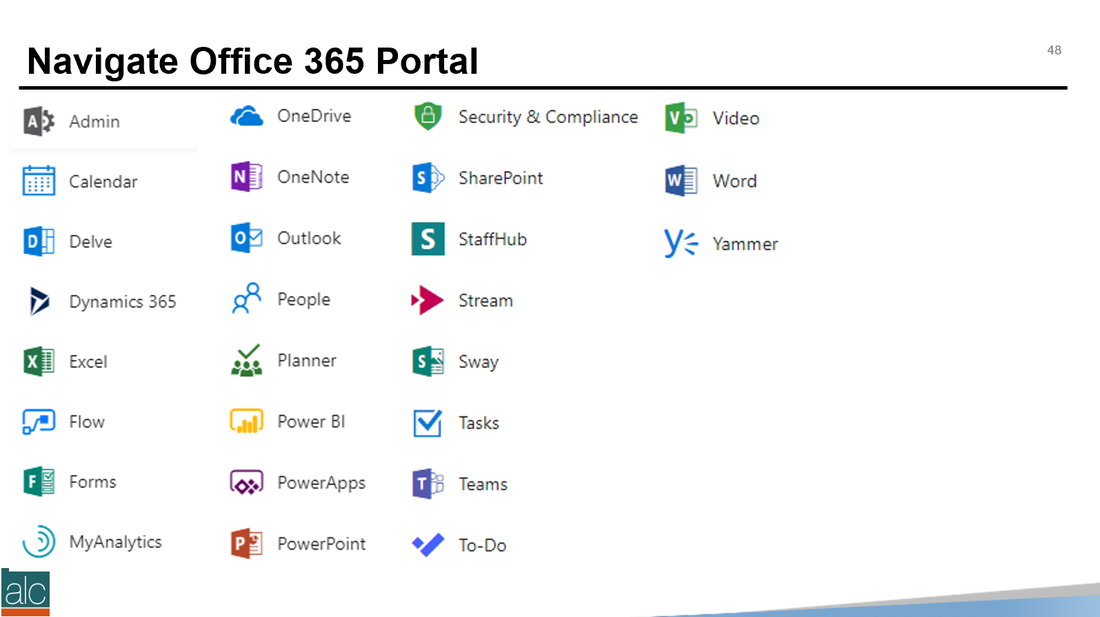
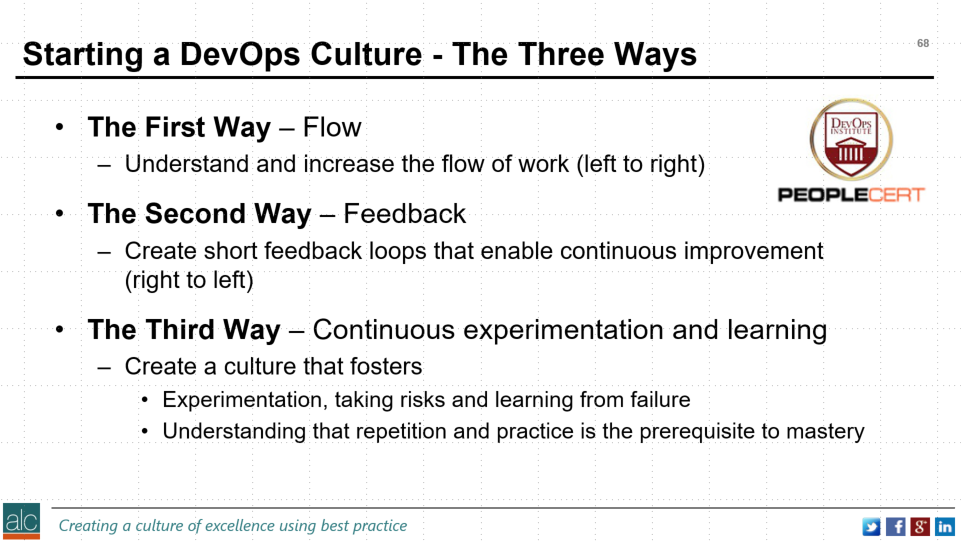
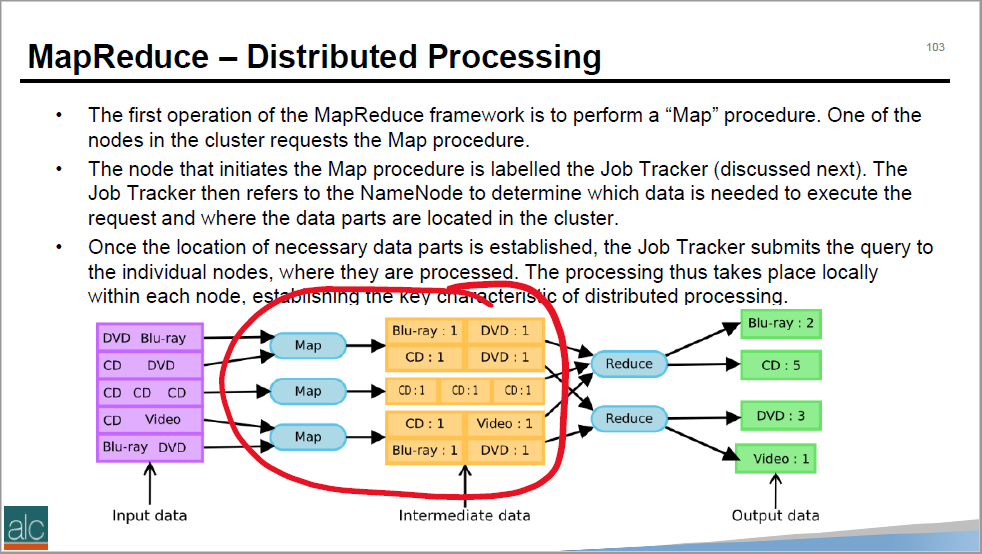



 RSS Feed
RSS Feed